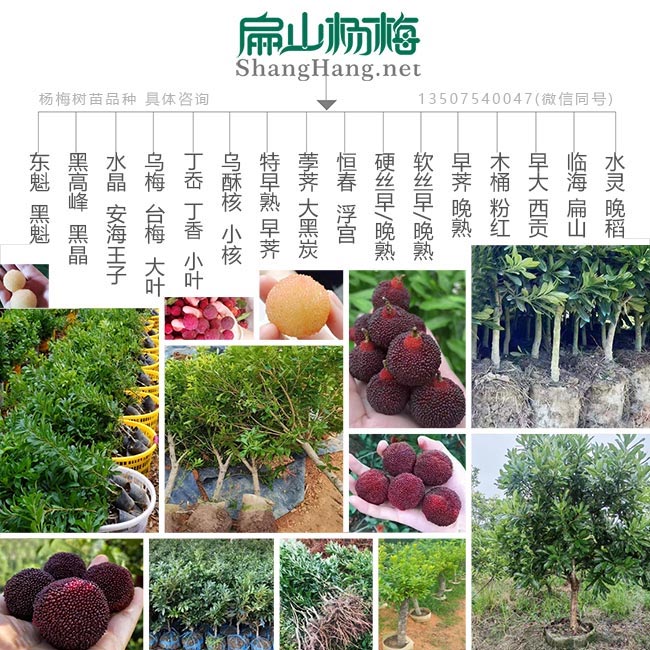東魁、早(zǎo)熟黑晶每年3-5月份成熟(shú),可做盆景造型優(yōu)美(具體與你(nǐ)的種植環境地區管理方式施肥數量有很大的關係(xì),我們(men)不能承諾在你當地種植(zhí)在哪(nǎ)一天(tiān)一定會(huì)成熟,晚熟楊梅成熟的時候也是同理(lǐ))黑魁、扁山高壓楊梅(méi)大杯苗培育大型專業批發基地、中杯苗、裸根苗、小杯苗品種、晚熟黑高峰每年6-7月(yuè)份成熟、水晶(jīng)、純白水晶楊梅樹苗、矮(ǎi)化黑高峰楊梅大杯苗、傘形(xíng)狀和(hé)棒棒糖形狀,一般批發市場苗圃基地報價(jià)參考:小苗類9元、96元、5元、9元、19元、29.6元、38.619元、48.5元、69.5元、119元、89元、69元、19元、289元、485元不等,具(jù)體要看楊梅樹的造型、高(gāo)度、地徑、購買的數量、時間,歡迎全國客戶的合作,同時本苗支持出口服務,有(yǒu)回收楊(yáng)梅果、茶(chá)油。另有金線蓮種植、楊梅苗、茶葉(yè)苗、茶(chá)花苗培育,對版、品質保障。
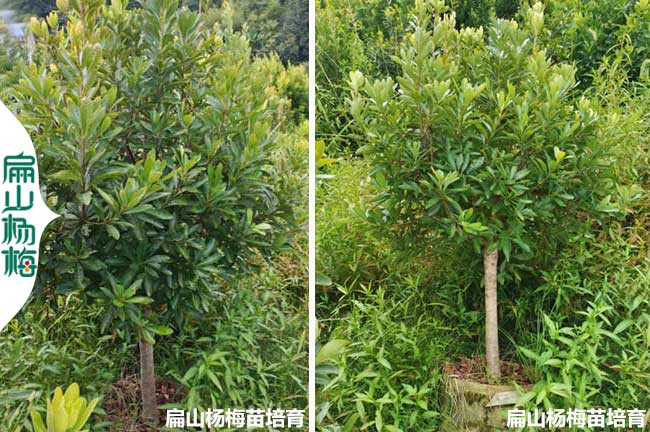
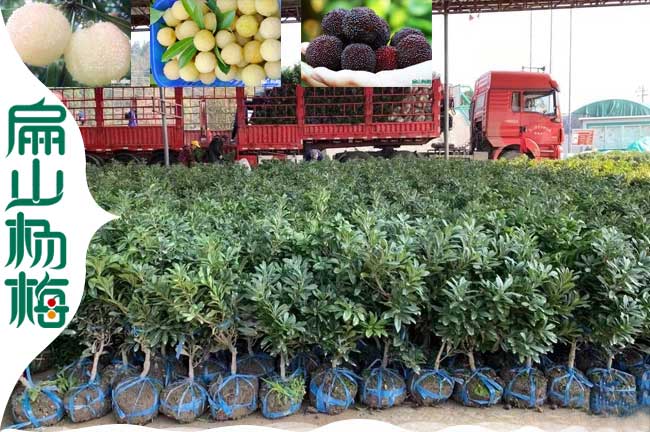
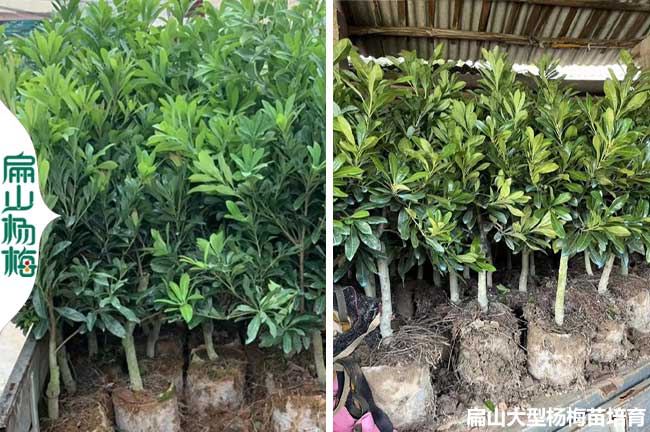
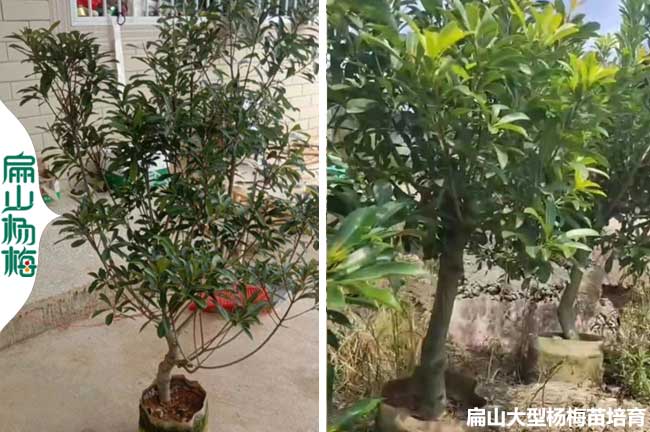
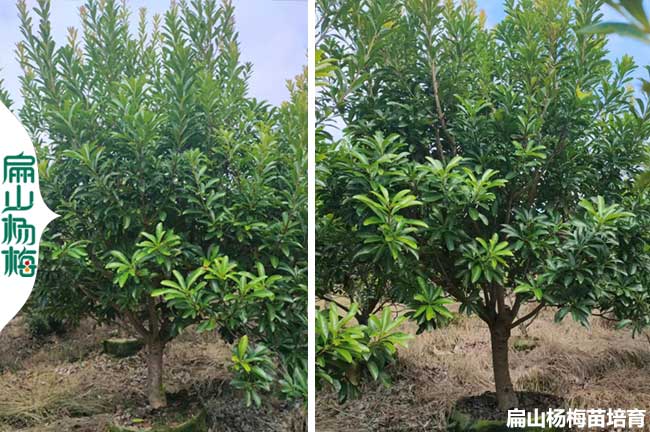
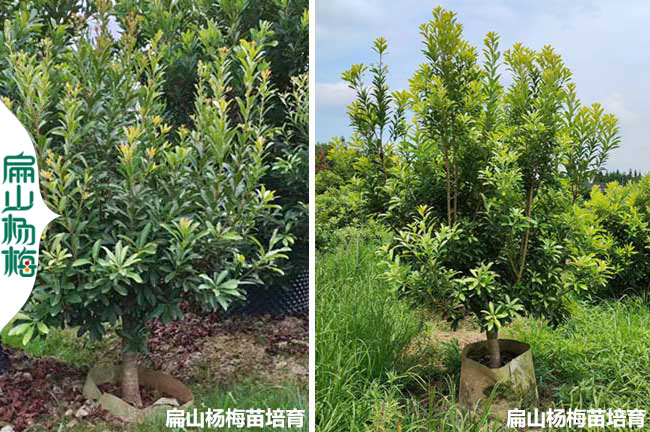
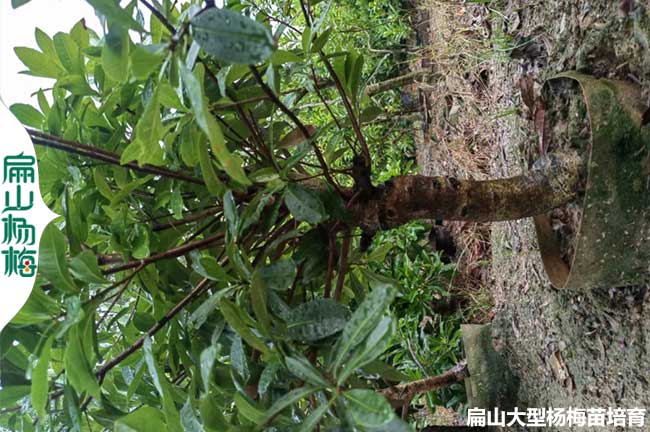
為了使(shǐ)楊梅(méi)植株在園林景觀當中實現健康成長(zhǎng),小大果楊梅苗品種主產(chǎn)省、強化城市園林景觀的視(shì)覺價值與生態價值,相關工作人員應當做(zuò)好對楊梅的栽培與管理工作(zuò)。一般而言,基於栽植管理需求的差異導致技術手段以(yǐ)及(jí)技術策(cè)略可能也會出現一定的不(bú)同,浙江高壓(yā)楊梅(méi)栽培管理具體表現如下(xià):首先是常規需求下的楊梅植株栽植管理技術。園林管理人員應當明確楊梅植株的基本習性及其生(shēng)長階段,在(zài)曆年秋季將枯萎(wěi)、發病的枝葉進行有效剪除,減少病害現象對於楊梅(méi)植株生長產生的影響,並應當盡可能(néng)加強(qiáng)水肥(féi)管理工作,針對楊梅植株生長特點構建針對性的水肥施用(yòng)方案(àn),有效提升水肥施用的針對性與科學性,使(shǐ)楊梅(méi)植株的生長速率得到有(yǒu)效提升。
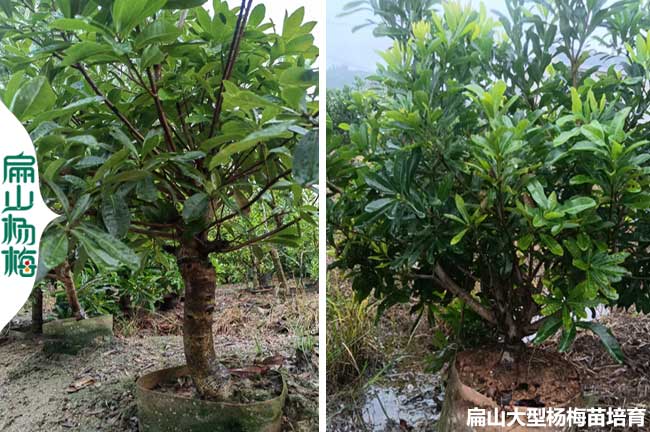
采收(shōu)(1)選用果肉堅硬、果麵光亮並具有其品種特征的紅紫色果實。高壓(yā)貴州永樹冠大楊(yáng)梅苗培育標準基地 黑高峰大(dà)黑炭烏(wū)梅1-4年在挑選楊(yáng)梅的過程中,要輕拿輕(qīng)放,避免其囊狀體破裂,並剔除機械傷果、黴變果及過大(dà)、過小的果實。福建楊梅的分布-采收-狀態楊梅的組織嬌嫩,采後易(yì)腐(fǔ)敗。為了保持其鮮活特性,采後須將其快(kuài)速預冷。采摘後先將其放置於場地邊的陰涼處,以降(jiàng)低(dī)楊梅的(de)田間熱,待田間熱散去後進入冷庫預冷,使溫度降至特定溫度(0~2℃)。受到楊梅生活習性的影響,其在我(wǒ)國華南、東南、西南以及東北部地區均有分布,其中,以熱帶、亞(yà)熱帶地區的分布(bù)較為密集。
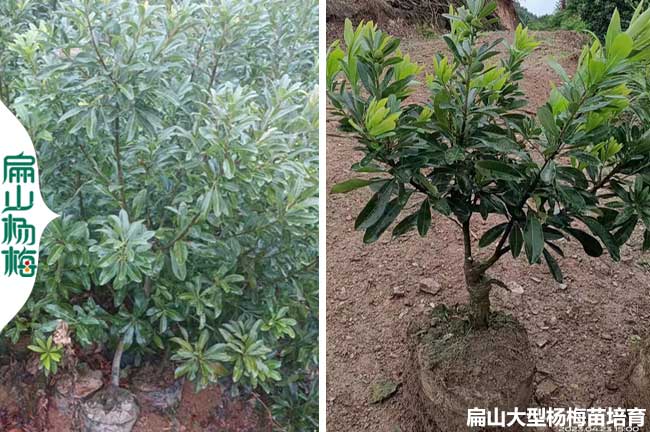
在園林景觀當中(zhōng)配置相應的地被植物,不(bú)僅(jǐn)能夠有效減(jiǎn)少水土流失,地徑5公分江西高壓楊梅大杯(bēi)苗批發 上饒贛州撫州宜春吉安2年實現大氣環境的不斷淨化,還能夠(gòu)使園(yuán)林景觀的層次更加豐富。一些匍匐楊梅(méi)或矮生楊梅的生(shēng)長形態較為矮小,枝葉(yè)較為繁茂,湖南作為地(dì)被植(zhí)物進行應用適宜作為地被植物進行應用和配置。相關園林設計人(rén)員與技術人員應當針對性做(zuò)好楊梅的選種(zhǒng)與栽植工作,使其在景觀園林的建設(shè)過程當中更加充分地發揮(huī)出地被植物的價值和作用(yòng),為提升景觀園林建設和(hé)設計的質量提供相應保障。
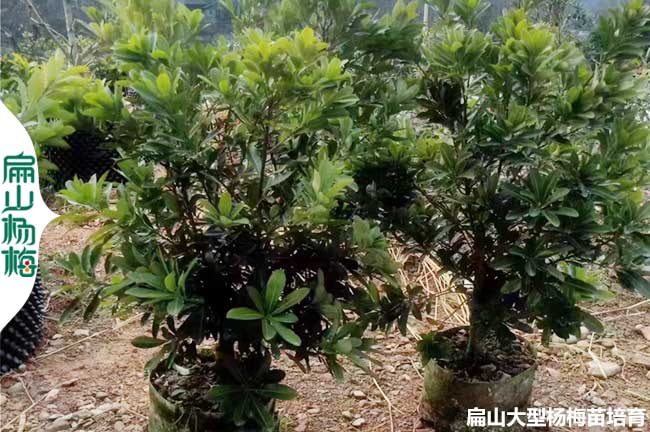
楊梅(méi)的品種與主要習性: 根(gēn)據楊梅(méi)的生長形態、廣西高壓楊梅的花色等因素,高壓楊梅苗王 GY福建永樹(shù)冠浙(zhè)江台(tái)州東魁 廣西湖(hú)南黃岩杯苗(miáo)9元可將其分為速生玫紅楊(yáng)梅、紅葉喬木楊梅、紅火箭楊梅、紅火球楊梅、天鵝絨楊梅、銀(yín)薇、粉薇、翠(cuì)薇和藍薇等等(děng)。一般來說,楊梅對(duì)寒(hán)冷幹旱氣候的適應能力較強,喜光喜肥,多(duō)生(shēng)長於砂質壤土當中,對土壤的酸堿度無(wú)過多要求。此外,楊梅還能有效淨化空氣當中的汙染物,使大氣(qì)環境得(dé)到有效提升。
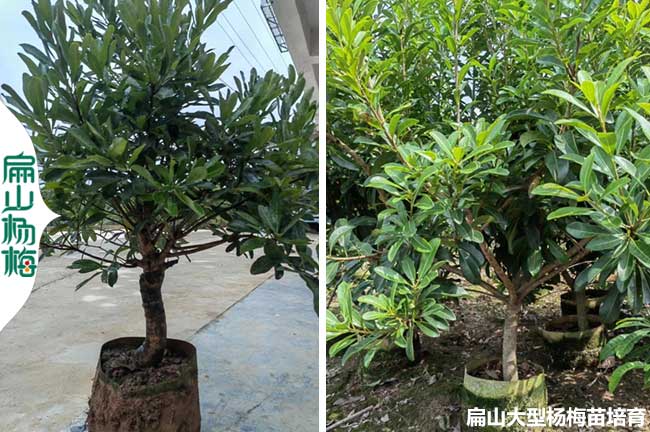
Dongkui and early maturing black crystal mature from March to May each year (depending on the management method and amount of fertilization in your planting environment, we cannot promise to plant them locally on which day they will definitely mature, and the same goes for late maturing red bayberries). Black kui, flat mountain poplar, small cup seedlings, late maturing black peak mature from June to July each year, crystal, pure white crystal red bayberry seedlings, dwarf black peak red bayberry big cup seedlings Umbrella shaped and lollipop shaped, general wholesale market nursery base quotation reference: small seedlings 9 yuan, 96 yuan, 5 yuan, 9 yuan, 19 yuan, 29.6 yuan, 38.619 yuan, 48.5 yuan, 69.5 yuan, 119 yuan, 89 yuan, 69 yuan, 19 yuan, 289 yuan, 485 yuan, etc., depending on the shape, height, diameter, quantity purchased, and time of the Yangmei tree. We welcome cooperation from customers across the country. At the same time, this seedling supports export services, including recycling Yangmei fruit and tea oil. There is also the cultivation of lotus seedlings, bayberry seedlings, tea seedlings, and camellia seedlings to ensure the quality of the product.
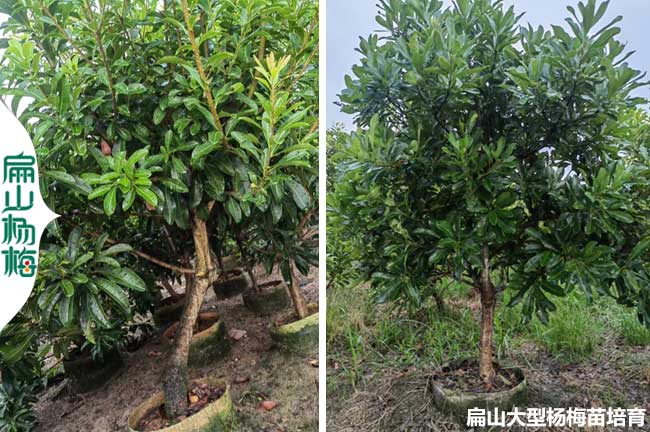
In order to achieve healthy growth of bayberry plants in the garden landscape and strengthen the visual and ecological value of urban garden landscapes, relevant staff should do a good job in the cultivation and management of bayberry. Generally speaking, differences in planting management requirements may lead to certain differences in technical methods and strategies. The specific manifestations of high-pressure bayberry cultivation management in Zhejiang are as follows: firstly, the planting management technology of bayberry plants under conventional requirements. Garden management personnel should clarify the basic habits and growth stages of Yangmei plants, effectively prune withered and diseased branches and leaves in autumn over the years, reduce the impact of disease on the growth of Yangmei plants, and strengthen water and fertilizer management as much as possible. Based on the growth characteristics of Yangmei plants, targeted water and fertilizer application plans should be constructed to effectively improve the pertinence and scientificity of water and fertilizer application, Effectively improving the growth rate of bayberry plants.
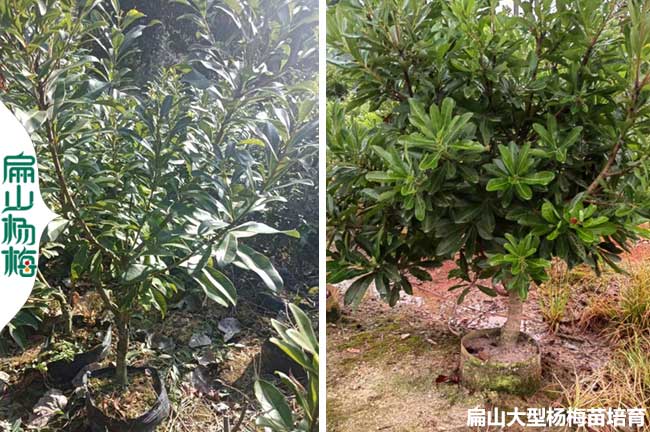
Harvesting (1) Select red purple fruits with hard flesh, bright fruit surface, and unique variety characteristics. During the process of selecting bayberries, it is important to handle them gently to avoid the rupture of their sacs, and to remove mechanically damaged, moldy, and oversized or undersized fruits. The distribution, harvesting, and status of Yangmei in Fujian. The tissue of Yangmei is delicate and prone to decay after harvesting. To maintain its freshness, it needs to be quickly pre cooled after harvesting. After picking, place it in a cool place next to the field to reduce the field heat of Yangmei. After the field heat dissipates, it enters a cold storage for pre cooling, allowing the temperature to drop to a specific temperature (0-2 ℃). Affected by the lifestyle habits of Yangmei, it is distributed in southern, southeastern, southwestern, and northeastern regions of China, with tropical and subtropical regions being more densely distributed.
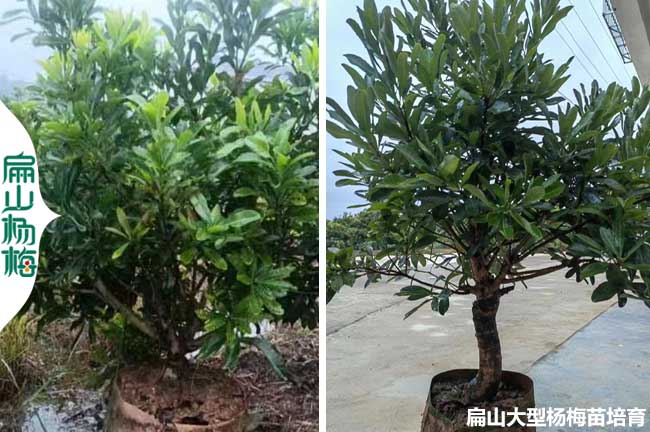
Configuring corresponding ground cover plants in garden landscapes can not only effectively reduce soil erosion and achieve continuous purification of the atmospheric environment, but also enrich the hierarchy of garden landscapes. Some creeping or dwarf waxberries have relatively short growth forms and lush branches and leaves. Hunan is suitable for application and configuration as a ground cover plant. Relevant landscape designers and technicians should carry out targeted selection and planting of Yangmei, so that it can fully utilize the value and role of ground cover plants in the construction process of landscape architecture, and provide corresponding guarantees for improving the quality of landscape architecture construction and design.

Varieties and main habits of Yangmei: Based on factors such as the growth form of Yangmei and the flower color of Guangxi high-pressure Yangmei, it can be divided into fast-growing rose red Yangmei, red leaf tree Yangmei, red rocket Yangmei, red fire ball Yangmei, velvet Yangmei, silver wei, pink wei, Cuiwei, blue wei, and so on. Generally speaking, Yangmei has a strong adaptability to cold and arid climates, likes light and fertilizer, and grows mostly in sandy loam soil, without excessive requirements for soil acidity and alkalinity. In addition, Yangmei can effectively purify pollutants in the air and improve the atmospheric environment.
